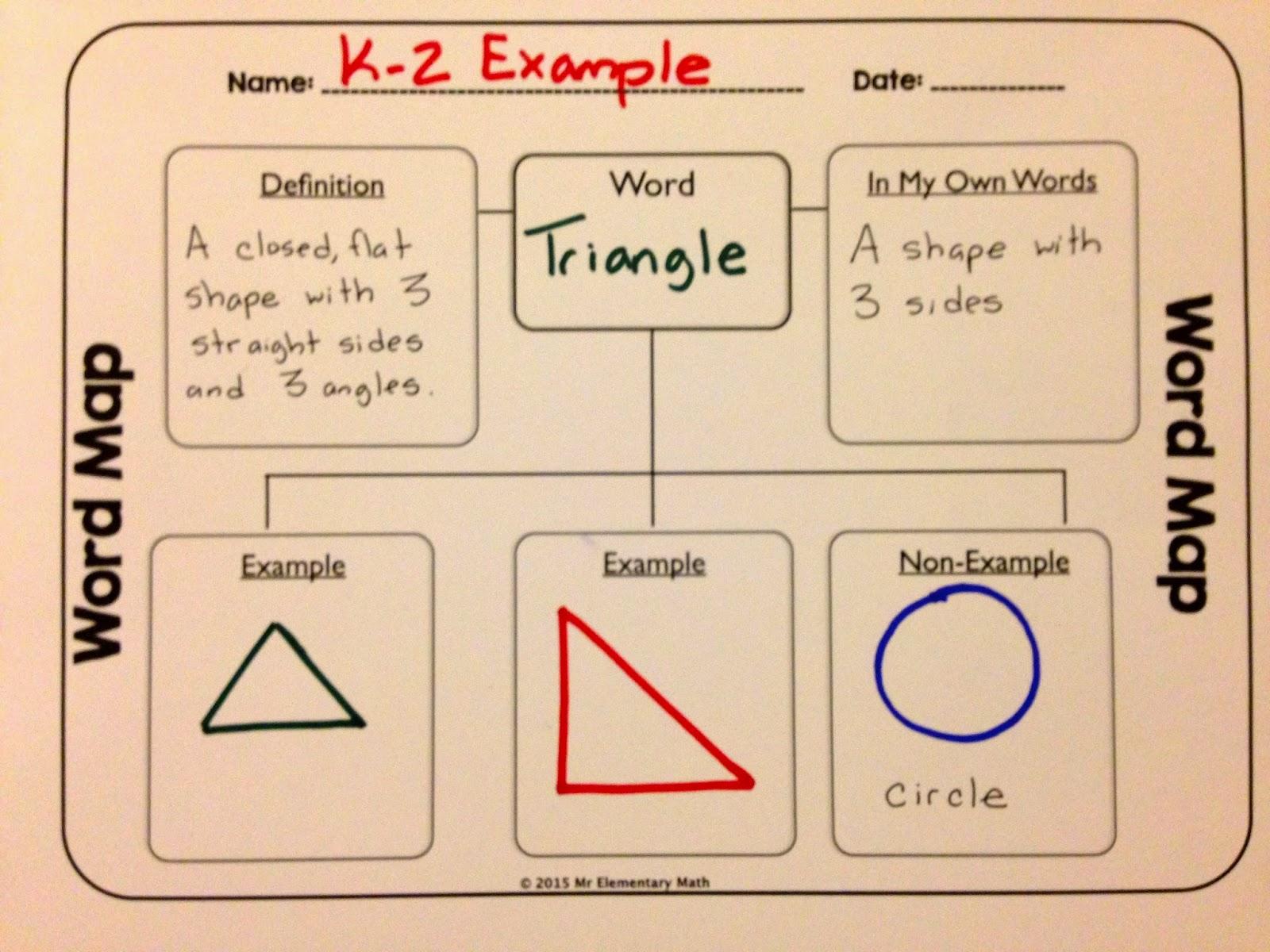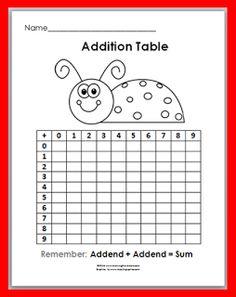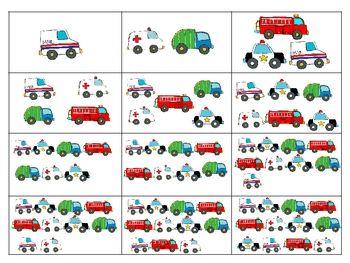Promoting literacy among young students is essential to their further ability to retrieve, analyze and remember information. Therefore, it is crucial that learners should be provided with literacy centers that will help them use their current knowledge to build the next one based on the information provided by a teacher. When considering the issue of early development, one should choose the literacy centers that will motivate the learner to acquire new knowledge and skills as well as use them on a regular basis; therefore, the literacy centers such as a map, a table, and a game involving sorting numbers that are marked with colors.
The use of concept maps in the teaching process can hardly be underrated; providing learners with essential information, a map helps make memory connections to specific concepts. In the example provided in Fig. 1, a concept map with the basic geometry shapes allows teaching students the foundational principles of geometry.

The specified literacy center allows the teacher to teach the students to make sense of the mathematical problems that they are suggested to handle and retain this sense in the course of solving them. This outcome aligns with the current Indiana mathematics standards for second-graders (“Indiana Academic Standards” 7). Additionally, a table with the key mathematical operators can be used as a literacy center. Therefore, the use of the literacy center that will help students learn to add is recommended. As shown in Fig. 2, the students can be taught the basics of addition easily.

Much like the literacy center described previously, the given one helps reinforce the acquisition of skills required for logical thinking. Moreover, the literacy center in question helps students understand that a problem can be approached from different angles. This knowledge is essential for young learners, as the Indiana standards explain: “Mathematically proficient students check their answers to problems using a different method, and they continually ask themselves, ‘Does this make sense?’” (“Indiana Academic Standards” 7).
Last but definitely not least, a game should be considered an appropriate literacy center to teach young students the basics of mathematics. The specified literacy center will help the learners relate math problems to practical dilemmas and, therefore, identify the logical patterns in these problems faster (Instructional Fair 4).

In other words, the literacy center in question creates premises for developing the students’ ability to “reason constructively and quantitatively” (“Indiana Academic Standards” 7), which is one of the requirements set by the Indiana literacy standards. Thus, the students will learn to conceptualize math problems (Minetola and Ziegenfuss 251). The specified skill will help them apply logical reasoning to math problems.
Promoting literacy to young learners is essential in order to enhance their motivation to learn and, therefore, create the environment, in which they will feel eager to learn and train newly acquired skills. Therefore, the more original and engaging the literacy centers utilized during the lesson are, the more successful the learning process is bound to be. Once the tools listed above are incorporated into the curriculum for second-grade students learning math, the learners are likely to acquire the skills of logical reasoning and, therefore, develop an intrinsic ability to understand and learn math.
Works Cited
Community Helpers Unit 2015. Web.
Indiana Academic Standards 2015. Web.
Instructional Fair. Daily Warmups, Grade 2: Math Problems & Puzzles. Greensboro. North Carolina: Carson-Dellosa Publishing, 2013. Print.
Minetola, Janice, and Robert G. Ziegenfuss. Teaching Young Children Mathematics. New York City, NY: Routledge, 2013. Print.
Numeracy 2015. Web.
Using Concept Maps in Math Class 2015. Web.